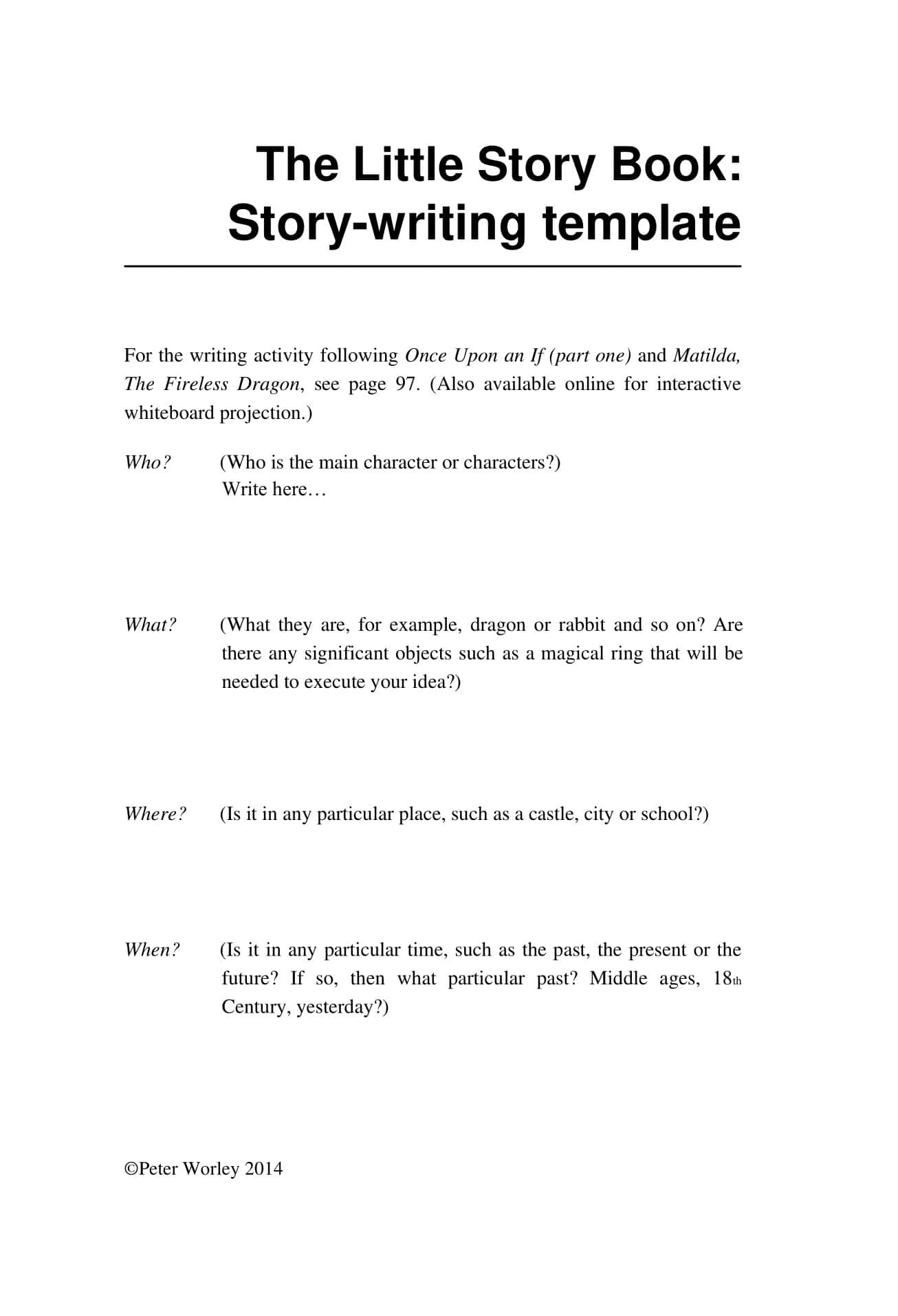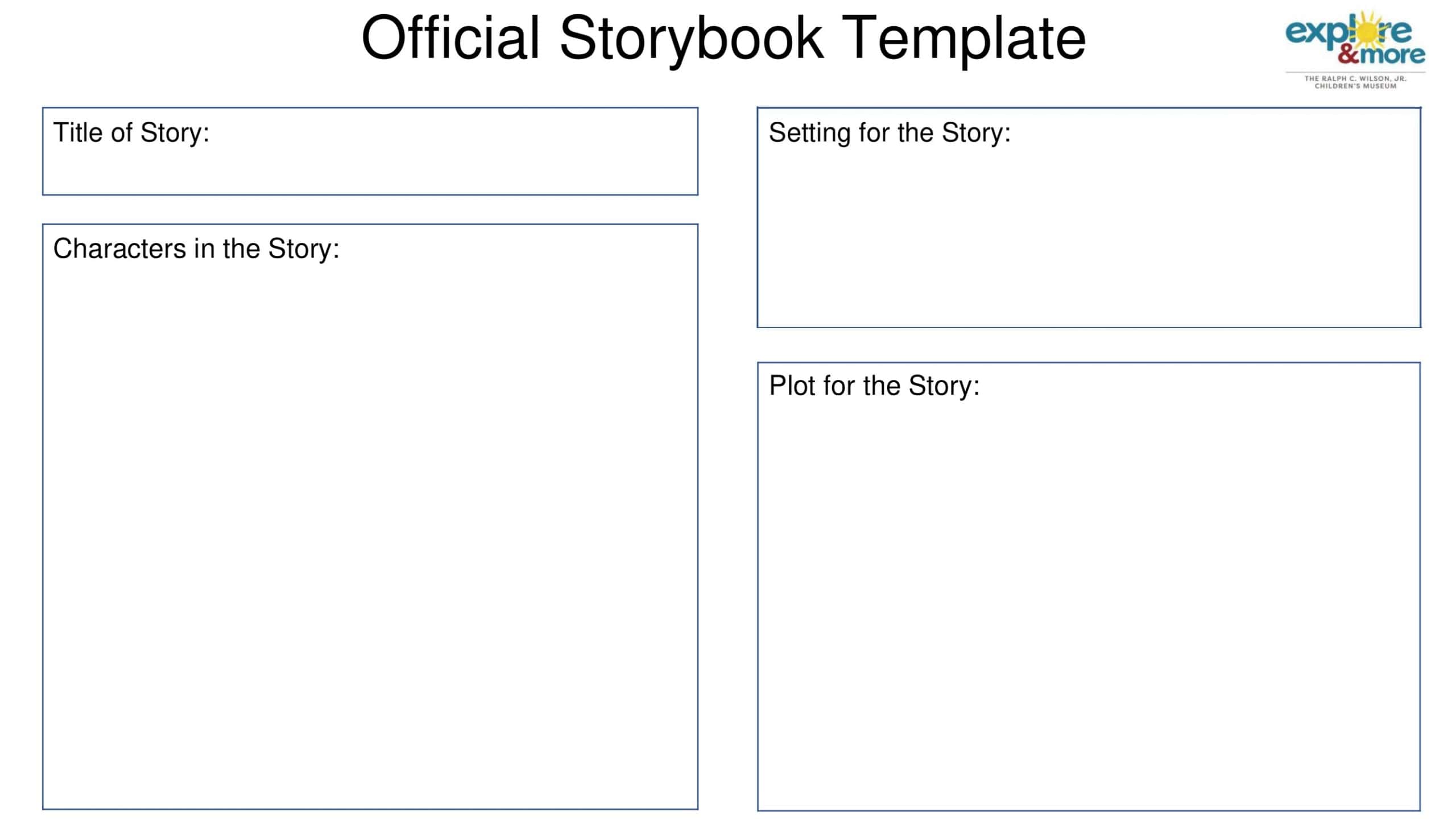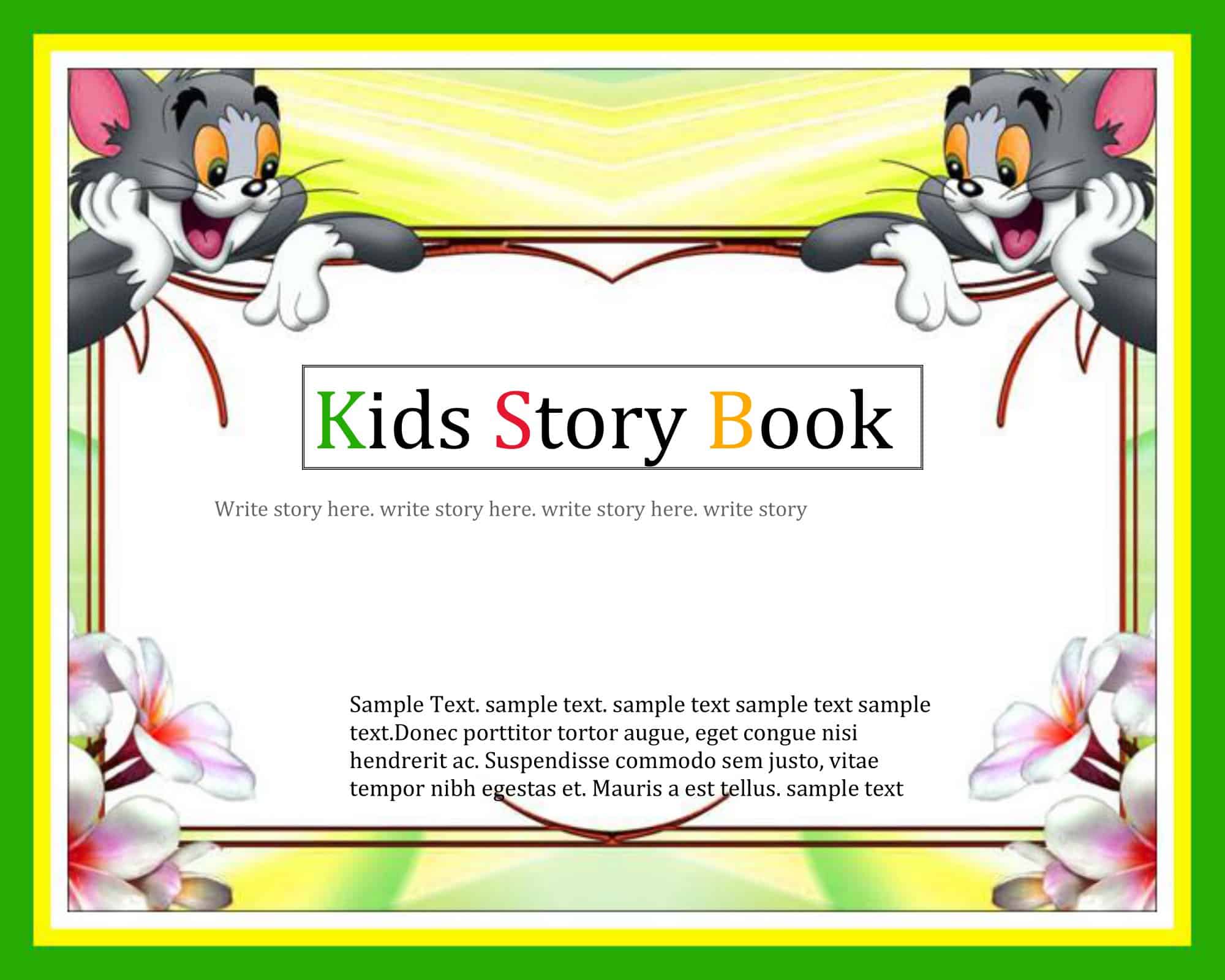Children’s Book Templates are digital templates that pre-design the page layout, text image ratio and font of children’s books. Since it works with a “drag-and-drop” logic, both the teacher and the independent writer can create print-ready content in minutes without entering complex DTP software. For those who are searching with keywords: This is exactly the equivalent of the expressions children’s book template pdf, children’s book template free and illustrated children’s book draft.
Table of Contents
Which Age Groups Is It Suitable For?

Reading habits and attention span are different at every age level. Children’s Book Template packages are prepared based on this fact: single large image and text not exceeding two lines on the page for preschoolers; half-visual-half-paragraph structure for early readers; and pages with chapter titles and black-and-white drawings are used for secondary school level. The size of the text boxes, margins and font preferences are embedded in the template, so the book takes on a flow appropriate to the reader’s age as soon as you enter content.
Children’s Book Templates
What’s In The Typecalendar Template Collection?
TypeCalendar offers a total of 28 different Children’s Book Templates in a single folder. Each template has common building blocks such as page numbering, cover-copyright page and character introduction section; however, the color palette, icon set and event landing pages vary according to the theme and age range. A pastel palette frame is used for classic fairy tale storytelling, light-colored infographic areas for STEM stories, and expression icons for emotional intelligence topics. This variety makes it possible to create dozens of different books from a single package.
File Formats And Ease Of Editing
Tüm şablonlar InDesign (INDD), PowerPoint (PPTX) ve doldurulabilir PDF olarak sunulur. A user who will buy professional offset printing will use InDesign layers, while an instructor with no technical experience will open a PPTX file and prepare his book by dragging the drawings he has. The flexibility that those who search for “editable children’s book templates” are looking for is provided exactly by this triple format. Each file comes in US Letter and A4 size options; when printing, simply select “Actual Size”.
Print And E-book Compatibility
All of the templates are prepared with 3 mm bleed values; the overflow margin is not a problem in offset printing. The same PDF file is optimized to pass the automatic inspection of Amazon KDP, so you can publish your book from a single source in both print and e-book format. This “two-channel” broadcasting stream reduces the time for independent writers to enter the market from days to hours.
Download and Bring Your Imagination To The Page In Minutes
If you’re ready with your story, download TypeCalendar’s 28-piece Children’s Book Template collection now. Write your text, add images and send it to print or the e-book store with one click. Focus on creativity without wasting time on page design and license details, let TypeCalendar do the rest.




























![Free Printable Roommate Agreement Templates [Word, PDF] 1 Roommate Agreement](https://www.typecalendar.com/wp-content/uploads/2023/06/Roommate-Agreement-150x150.jpg)
![Free Printable Credit Card Authorization Form Templates [PDF, Word, Excel] 2 Credit Card Authorization Form](https://www.typecalendar.com/wp-content/uploads/2023/06/Credit-Card-Authorization-Form-150x150.jpg)
![Free Printable Stock Ledger Templates [Excel,PDF, Word] 3 Stock Ledger](https://www.typecalendar.com/wp-content/uploads/2023/08/Stock-Ledger-150x150.jpg)
